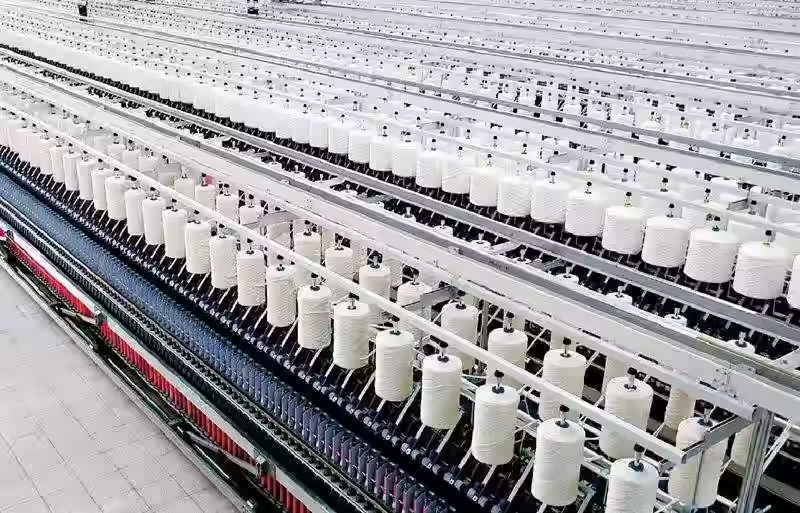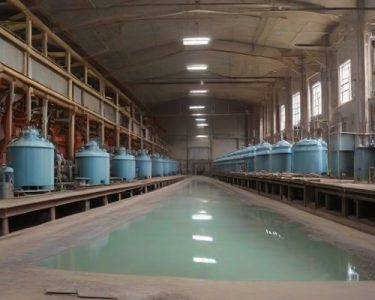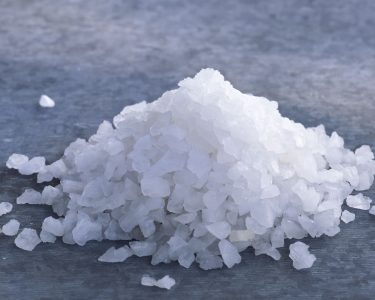India, a country woven with cultural diversity and a rich heritage, is one of the global leaders in the textile industry. At the heart of this industry lies the intricate process of spinning mills and yarn manufacturing, which forms the foundation of the entire textile value chain and deep into the world of textile spinning mills in India, exploring their significance, operations, challenges, and contributions to the nation’s economy.
Understanding Textile Spinning Mills
Textile spinning mills play a pivotal role in the textile industry by converting raw fibers, such as cotton, wool, or synthetic fibers, into yarn, which is the fundamental building block of fabric production. These mills employ spinning techniques to transform fibers into yarns of different thicknesses, strengths, and textures, catering to diverse market demands.
Historical Perspective: Evolution of Spinning Mills in India
The history of spinning mills in India can be traced back to ancient times when hand spinning using tools like charkha was prevalent. However, the advent of the Industrial Revolution in the 18th century revolutionized the textile industry with the introduction of mechanized spinning mills. In India, the modernization of spinning mills gained momentum during the British colonial era, leading to the establishment of several textile mills across the country.
Significance of Textile Spinning Mills in India
The textile spinning sector holds immense significance in India’s economy, contributing significantly to employment generation, export earnings, and GDP growth. With a vast workforce engaged in spinning operations, these mills serve as crucial pillars of livelihood for millions of people, particularly in rural areas where the cotton belt is prevalent.
Operational Processes in Textile Spinning Mills
The operational processes in textile spinning mills involve a series of intricate steps, starting from the procurement of raw fibers to the production of finished yarns.
1. Raw Material Procurement: Textile spinning mills procure raw fibers from various sources, including cotton farms, wool producers, and synthetic fiber manufacturers. The quality of raw material directly impacts the quality of the final yarn.
2. Preparatory Processes: Raw fibers undergo several preparatory processes such as cleaning, blending, and carding to remove impurities, align fibers, and create a homogeneous blend suitable for spinning.
3. Spinning: Spinning is the core process where prepared fibers are twisted together to form continuous strands of yarn. This process can be accomplished using different spinning techniques like ring spinning, open-end spinning, or rotor spinning, each offering distinct advantages in terms of yarn quality and production efficiency.
4. Yarn Finishing: Once spun, yarns may undergo additional finishing processes such as twisting, winding, and dyeing to enhance their strength, appearance, and color uniformity, making them ready for weaving or knitting.
Challenges Faced by Textile Spinning Mills
Despite its significance, the textile spinning sector in India encounters several redgif challenges that hinder its growth and sustainability.
1. Fluctuating Raw Material Prices: Textile spinning mills are highly dependent on raw material prices, especially cotton, which is subject to volatile fluctuations in the global market. Sudden spikes in raw material costs can significantly impact the profitability of spinning mills.
2. Technological Obsolescence: Many spinning mills in India still operate with outdated machinery and technology, limiting their production efficiency and quality standards. The lack of investment in modernization poses a challenge to staying competitive in the global market.
3. Skilled Manpower Shortage: The textile industry requires skilled manpower for operating sophisticated machinery and ensuring quality control throughout the production process. However, there is a shortage of skilled labor in certain segments of the textile spinning sector, posing operational challenges for mills.
Contributions to India’s Economy and Society
Despite these challenges, textile spinning mills continue to make substantial contributions to India’s economy and society.
1. Employment Generation: The spinning sector is a significant source of employment, particularly in rural areas, where many spinning mills are located. It provides livelihood opportunities for a vast workforce, including farmers, technicians, and factory workers.
2. Export Revenue: India is among the largest exporters of textile products globally, with yarn being a crucial export commodity. Textile spinning mills contribute to the country’s export earnings by supplying
high-quality yarn to international markets.
3. Value Addition: By converting raw fibers into value-added yarns, spinning mills contribute to the value addition in the textile value chain, supporting downstream industries such as weaving, knitting, and garment manufacturing.
Advantages of Yarn Manufacturer
Yarn manufacturing stands as a cornerstone in the textile industry, serving as the vital link between raw fibers and finished fabrics. Yarn manufacturer play a pivotal role in transforming diverse fibers into high-quality yarns, catering to the ever-evolving needs of the market.
1. Customization and Flexibility
One of the primary advantages of yarn manufacturing is the ability to customize yarns according to specific requirements. Yarn manufacturers can blend different types of fibers, adjust yarn thickness and strength, and incorporate special features such as flame resistance or moisture-wicking properties. This customization enables textile producers to create fabrics tailored to various applications, from fashion apparel to technical textiles, catering to a wide range of consumer preferences.
2. Quality Control and Consistency
Yarn manufacturers employ stringent quality control measures throughout the production process to ensure consistency and uniformity in yarn characteristics. By adhering to strict quality standards and utilizing advanced testing equipment, manufacturers can maintain the desired yarn specifications, such as yarn count, twist level, and tensile strength. Consistent yarn quality not only enhances the performance and durability of the end products but also fosters trust and reliability among customers.
3. Innovation and Product Development
Yarn manufacturing drives innovation in the textile industry by continually exploring new materials, processes, and technologies. Manufacturers invest in research and development initiatives to enhance yarn performance, optimize production efficiency, and address emerging market trends. This culture of innovation leads to the development of novel yarn blends, eco-friendly fibers, and sustainable production practices, positioning yarn manufacturers at the forefront of technological advancement in textiles.
4. Economies of Scale and Cost Efficiency
Yarn manufacturing allows for economies of scale, wherein large-scale production leads to cost savings due to efficiencies in raw material procurement, production processes, and distribution networks. By leveraging automated machinery, optimized workflows, and bulk purchasing power, manufacturers can achieve lower production costs per unit of yarn, thereby offering competitive pricing to customers. Cost efficiency enables yarn manufacturers to remain profitable in a highly competitive market while passing on savings to downstream textile producers.
5. Vertical Integration and Supply Chain Control
Some yarn manufacturers opt for vertical integration by owning or partnering with upstream and downstream entities in the textile supply chain, such as fiber production, spinning mills, and fabric finishing units. Vertical integration provides greater control over the entire production process, from raw material sourcing to product distribution, thereby minimizing dependency on external suppliers and ensuring supply chain resilience. This integrated approach also facilitates seamless collaboration and coordination among different stages of production, leading to improved efficiency and responsiveness to market demands.
Conclusion
Textile spinning mills form the backbone of India’s textile industry, playing a vital role in converting raw fibers into yarns that serve as the foundation for fabric production. Despite facing challenges, these mills continue to thrive, driven by innovation, resilience, and a commitment to quality. As India marches ahead on its journey of economic growth and industrial development, the textile spinning sector remains poised to make significant contributions, weaving the fabric of progress and prosperity for the nation.







